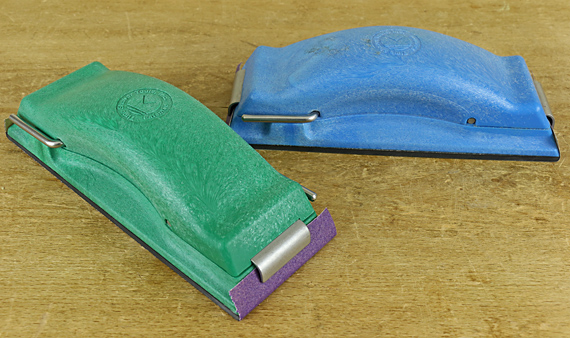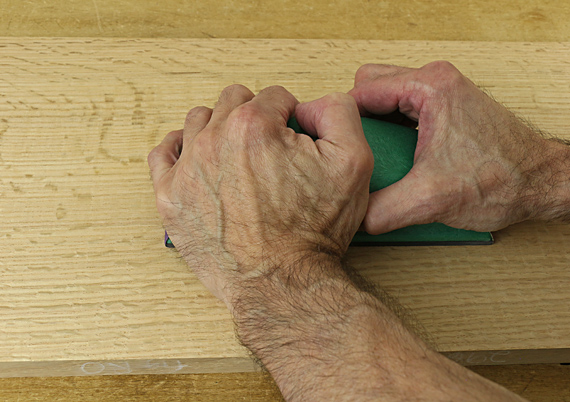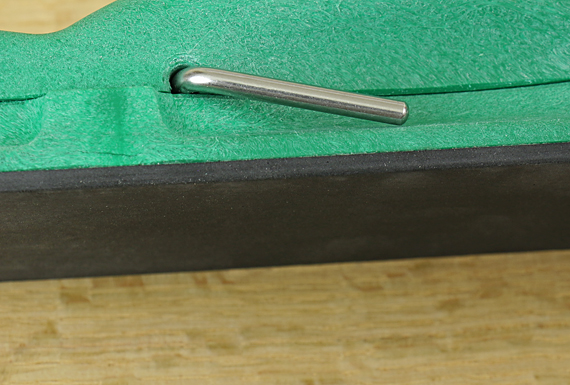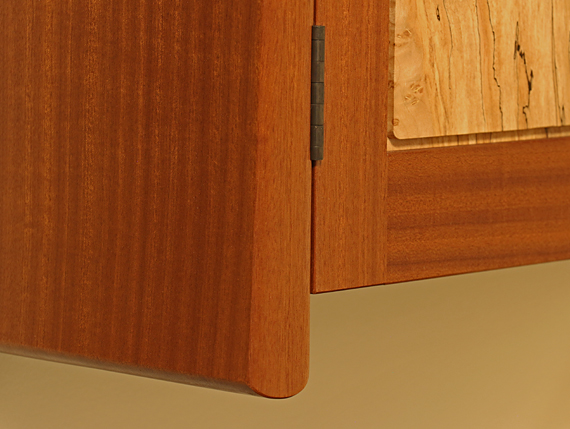
Our visual encounters with woodwork tend to be dominated by obvious elements such as volume, proportion, symmetry or asymmetry, and the flow of curves that contribute to the overall design. Of course, the visual beauty of the wood itself plays a major role in bringing us in to the piece, and the wonderful warmth of the wood surfaces treats our tactile sense.
But just as tiny adjustments in intonation and rhythm are critical in creating sense and sensation in music, the arrises, edges and corners where the woodwork meets the space around it are critical in creating our impression of the piece, in both the visual and tactile aspects.
We should not neglect this but it is easy to do so. These elements do not show in a paper or CAD drawing, only in a real piece – one that you built.
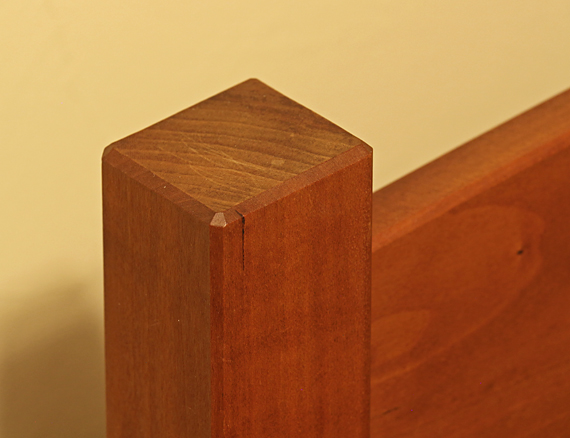
I remember from some years ago looking through a book of furniture designed by architects. Though many of the designs were at least clever if not beautiful, few of them brought me in, at least as photographed. There was an off-putting harshness to many of the pieces. I think it was mostly due to a lack of thoughtful edge treatments, as if the design was thought to be done when completed on paper or CAD.
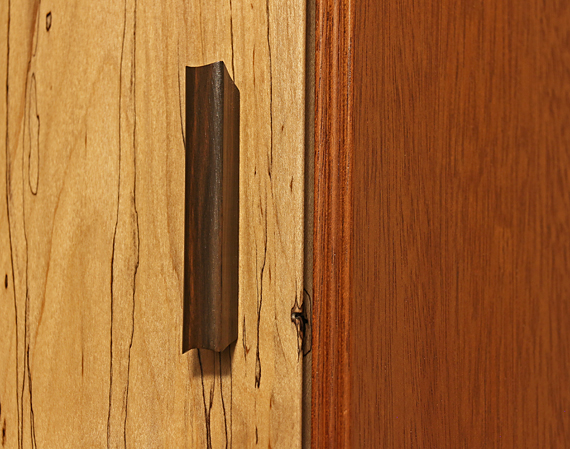
We woodworkers do not work this way. Sure, we sketch, draw, mock up, and then build, but even early in the design process we consider chamfers, round-overs, and the like. In fact, some of these decisions are best left to develop as the piece is taking shape in the shop, as long as we don’t neglect these matters until it is too late to practically incorporate them.
It is perhaps just as a musician leaves subtleties such as the amount of vibrato or the strength of a crescendo to the actual performance but has a good notion of these ahead of time as he is practicing the piece.
The main thing is to consider how the woodwork meets the space around it and the hands of an admirer. These are important to the logic and the sensuality of the woodwork. You manage them well because you are not only a designer of woodwork, you are also, as Sam Maloof preferred to refer to himself, a woodworker.

